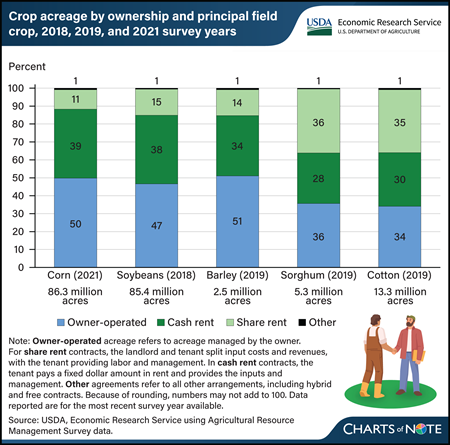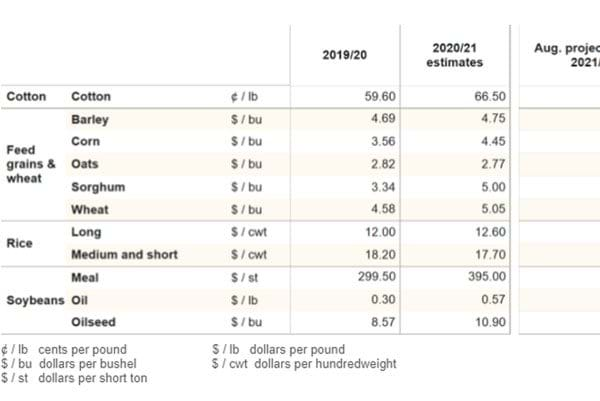Data Products
Recent Releases and Spotlight
Recent Releases
-
Sugar and Sweeteners Yearbook Tables
ERS analysts track U.S. and international sugar and sweetener production, consumption, and trade. Read More
-
Food Access Research Atlas
The Food Access Research Atlas (formerly the Food Desert Locator) is a mapping tool that allows users to investigate multiple indicators of food store access. This tool expands upon previous estimates to provide a spatial overview of food... Read More
-
Food Environment Atlas
The Food Environment Atlas is a web-based mapping tool developed by ERS that allows users to compare U.S. counties in terms of their “food environment”—indicators that help determine and reflect a community’s access to affordable, healthy... Read More
Spotlight
All Data Products
-
{{product.name}}
{{product.releaseDate | formatDate}}
Showing Discontinued Products for {{topictofilter.name}}
Discontinued Products
-
{{product.name}}
{{product.releaseDate | formatDate}}



